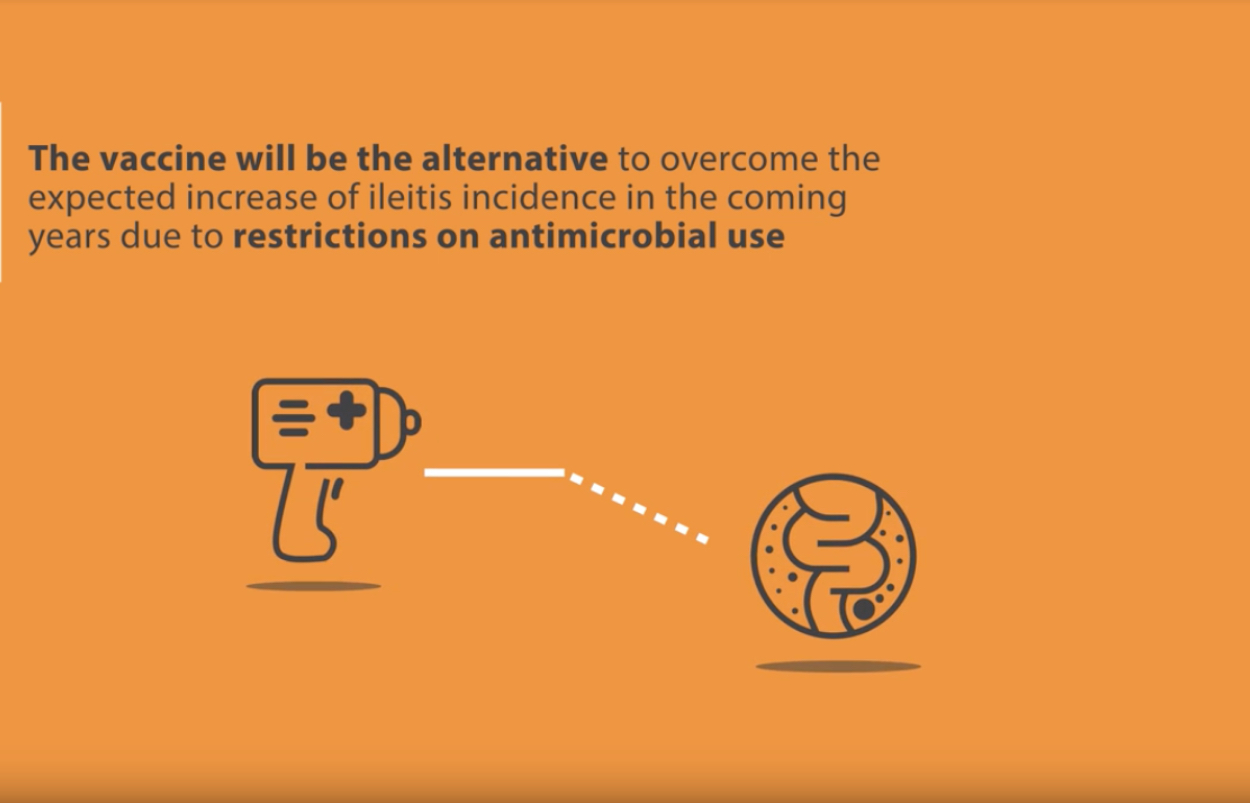
The Disease
Diagnosis of ileitis
Diagnosing ileitis involves considering four important factors
Discover the four important factors.
INTRODUCTION:
Porcine proliferative enteropathy (PPE), also known as ileitis, is an infectious enteric disease caused by the obligate intracellular bacterium Lawsonia intracellularis. The forms of presentation of the disease in pigs are haemorrhagic or acute, chronic and subclinical. As the most prevalent and economically important enteric disease in growing finishing animals, it deserves frequent updating regarding its general aspects and updates.
“Ileitis is an example of a disease that you must learn how to live with”.
As a result, the intention of this series of articles about the disease is to remind the reader about the relevance of its adequate understanding and, consequently, efficient control for improving herd performance.

History and Etiology of ileitis

Epidemiology of ileitis

Pathogenesis of L. Intracellularis

Clinical signs and forms of ileitis

Treatment of ileitis

Prevention of ileitis

Prevalence of ileitis

Potential impact of the reduction of antibiotics


